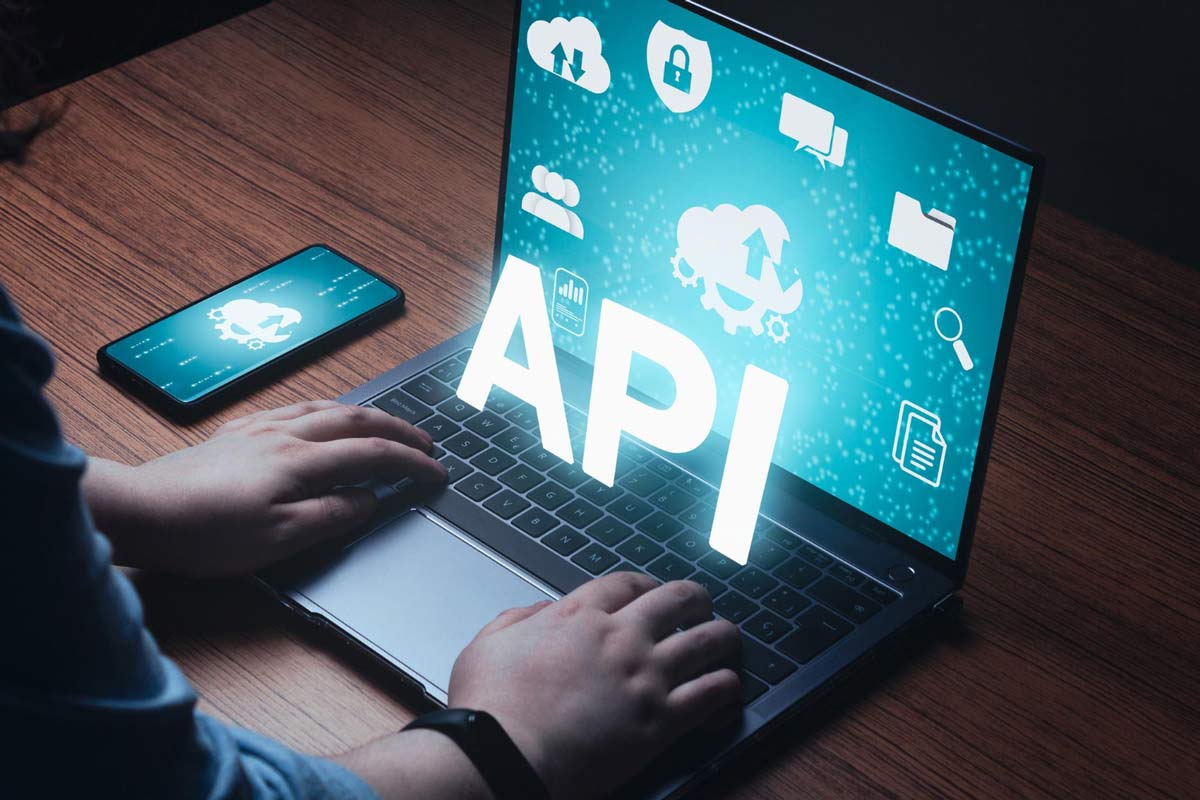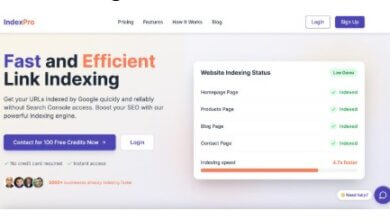Why Is API Endpoint Discovery Critical for Continuous API Protection?

In today’s interconnected digital ecosystem, API security, API protection, API authentication, API data security, and API data encryption have become essential for organizations that rely on APIs to run their applications, connect systems, and deliver seamless user experiences. As APIs grow in number and complexity, one of the biggest challenges that businesses face is visibility. Without a clear understanding of what APIs exist and where they are located, even the most robust security strategies can fail. This is why API endpoint discovery is critical for continuous API protection.
The Rising Importance of APIs in the Digital World
APIs (Application Programming Interfaces) have become the backbone of modern applications. They connect mobile apps to databases, power cloud-based services, and enable organizations to integrate with third-party platforms. From online banking to e-commerce and healthcare, APIs handle massive amounts of sensitive data daily.
However, as their usage grows, so does the risk. Misconfigured APIs, shadow APIs, and outdated endpoints can expose sensitive information if they are not properly managed. Here’s where API discovery plays a vital role.
What Is API Discovery and Why Does It Matter?
API discovery refers to the process of identifying and cataloging all APIs within an organization’s infrastructure. This includes not only the officially documented APIs but also hidden, forgotten, or unauthorized ones.
-
API Discovery Service: Many organizations use automated tools or services that scan the environment for APIs, cataloging them in real time.
-
API Endpoint Discovery: This specifically focuses on locating every endpoint—every access point—that APIs expose to internal or external systems.
-
API Discovery Tools: These are specialized solutions designed to track APIs across environments such as cloud, on-premises, and hybrid networks.
Without these discovery processes, organizations may leave gaps in their security posture, making them vulnerable to attacks.
The Connection Between API Endpoint Discovery and API Protection
Continuous API protection relies on knowing exactly what needs to be protected. If endpoints are left unknown, they cannot be secured. Unsecured endpoints are often targeted by cybercriminals, leading to unauthorized access, data leaks, or compliance violations.
Here’s how API endpoint discovery directly enhances API security:
-
Visibility – Discovery gives teams a comprehensive view of all APIs and their endpoints.
-
Risk Identification – It highlights shadow APIs, misconfigured endpoints, or deprecated services.
-
Continuous Monitoring – Discovery tools keep track of changes, ensuring that new endpoints are secured immediately.
-
Compliance – Accurate inventories of APIs are necessary for meeting API compliance requirements.
What Is API Security Testing and How Does It Relate to Discovery?
Even with strong discovery processes in place, security must be validated through API security testing. This involves assessing APIs for vulnerabilities and weaknesses.
-
What is API Security Testing? It is the practice of systematically testing APIs to identify flaws that could be exploited.
-
API Security Testing Tools: These help organizations automate vulnerability detection.
-
Best API Security Testing Tools: They provide detailed insights into misconfigurations, injection flaws, or weak authentication mechanisms.
-
API Security Testing Solution: A complete strategy that integrates testing with discovery, monitoring, and remediation.
Together, API discovery and API security testing create a strong foundation for continuous protection. While discovery identifies what exists, testing ensures what exists is secure.
Why API Authentication Is the First Line of Defense
Every discovered endpoint should be paired with proper API authentication mechanisms. Authentication ensures that only authorized users or systems gain access. Weak or missing authentication is one of the most common API vulnerabilities.
To strengthen authentication, organizations should follow:
-
API Authentication Best Practices: Using strong tokens, OAuth 2.0, or multi-factor authentication.
-
Regular rotation of keys and credentials.
-
Ensuring authentication is applied consistently across all endpoints.
When paired with API data encryption, authentication ensures both identity verification and secure communication.
API Data Security and Encryption
APIs frequently handle sensitive information such as financial data, healthcare records, or personal identifiers. Protecting this data requires two essential measures:
-
API Data Security – Establishing policies and controls that govern how data is accessed, stored, and transmitted through APIs.
-
API Data Encryption – Ensuring that data moving between clients and servers is encrypted with modern protocols (e.g., TLS 1.3).
Encryption ensures that even if attackers intercept data, it cannot be read or misused. Combined with endpoint discovery, organizations can guarantee that no unsecured endpoints bypass encryption policies.
API Security Best Practices Every Organization Should Follow
To secure APIs effectively, organizations must adopt a structured approach. Below are API security best practices that align with endpoint discovery and testing:
-
Implement Continuous API Discovery – Never assume you know all your APIs; verify it.
-
Secure Endpoints with Authentication and Authorization – No endpoint should be left unprotected.
-
Encrypt All Sensitive Data – Ensure consistent encryption policies across APIs.
-
Conduct Regular API Security Testing – Identify weaknesses before attackers do.
-
Follow REST API Best Practices – Enforce proper HTTP methods, status codes, and secure URL patterns.
-
Ensure Compliance API Standards Are Met – Stay ahead of regulatory requirements such as GDPR, HIPAA, or PCI DSS.
By embedding these practices into development and operations, organizations reduce risk significantly.
Compliance and API Security
Many industries are regulated by strict data protection laws. API compliance ensures that APIs meet these regulatory requirements. Non-compliance can lead to hefty fines and reputational damage.
Examples include:
-
Compliance API Tools: These ensure API designs and implementations align with required frameworks.
-
Auditing and Logging: Essential for tracking API usage and meeting compliance requirements.
-
Integration with Discovery: A compliance program cannot be successful if APIs remain hidden or undocumented.
REST API Best Practices for Security
Since REST APIs are widely used, following REST API best practices enhances security:
-
Use HTTPS for all API calls.
-
Implement rate limiting to prevent abuse.
-
Validate all input to avoid injection attacks.
-
Use consistent error messaging without revealing sensitive system details.
-
Adopt versioning to manage lifecycle changes without creating security gaps.
By embedding these into development workflows, REST APIs remain secure and reliable.
Why Continuous Discovery Is the Future of API Security
Cyber threats evolve constantly, and new APIs are deployed daily in most organizations. This means API protection cannot be a one-time exercise. Continuous API endpoint discovery, paired with regular security testing and compliance enforcement, provides the strongest defense.
Organizations that prioritize continuous visibility are better positioned to:
-
Respond quickly to threats.
-
Maintain compliance effortlessly.
-
Protect sensitive data through proper authentication and encryption.
Final Thoughts
API endpoint discovery is not just a technical step—it’s the foundation of API security, API protection, API authentication, API data security, and API data encryption. Without knowing what exists, no organization can secure its digital assets effectively.
By combining discovery with API security testing, encryption, compliance, and API security best practices, businesses can build a resilient infrastructure that minimizes risks and protects sensitive data. As APIs continue to grow in importance, continuous discovery and protection will remain critical for success in the digital age.






